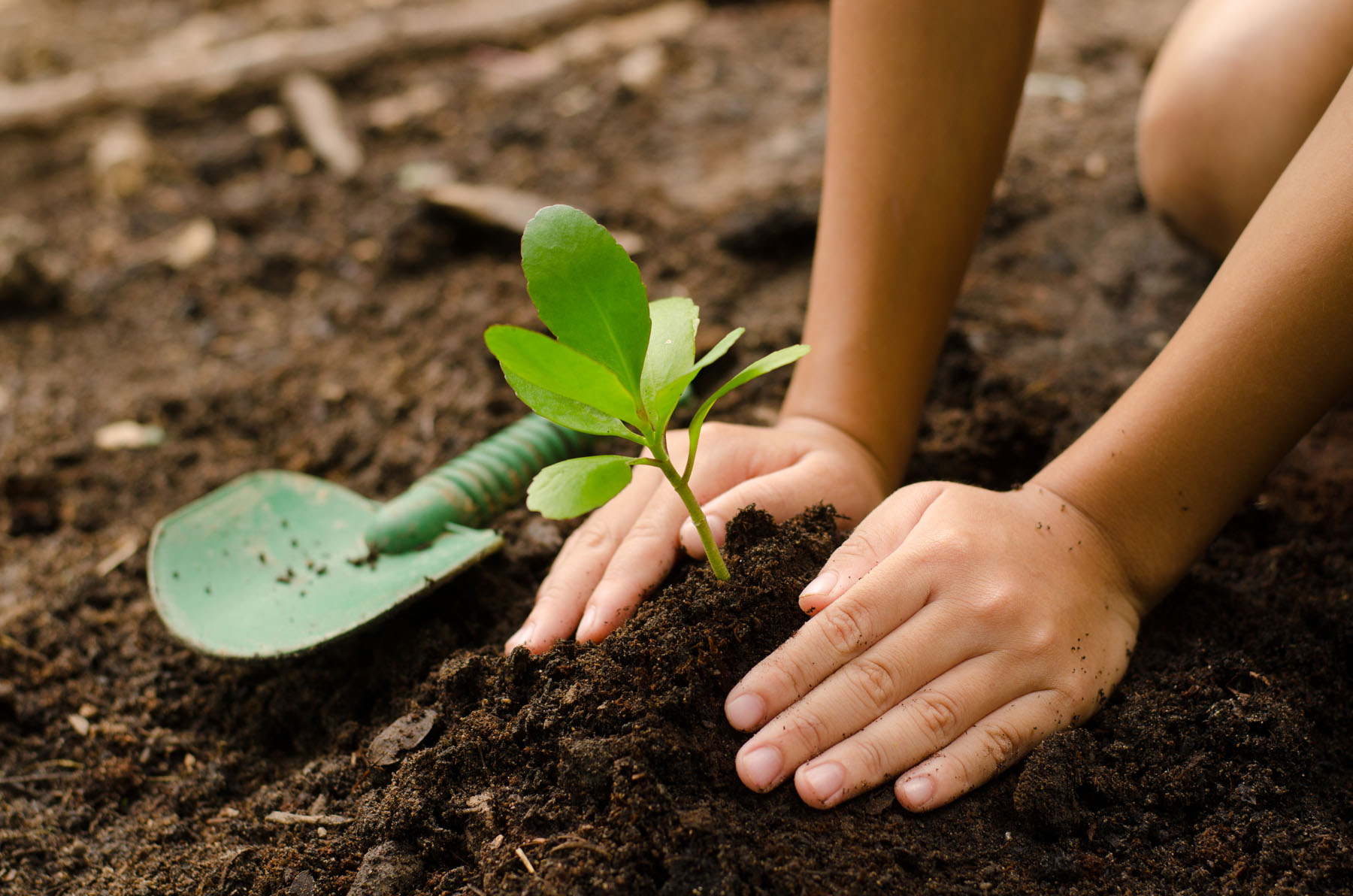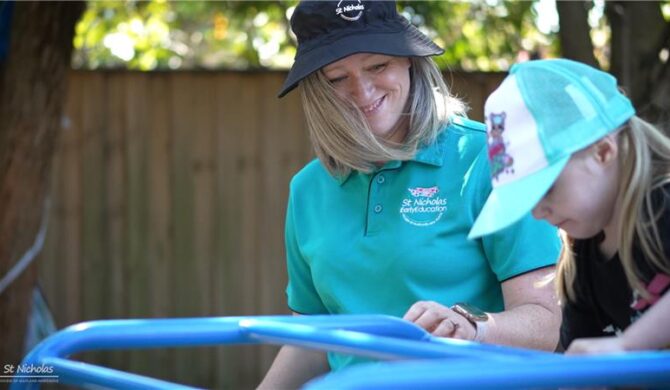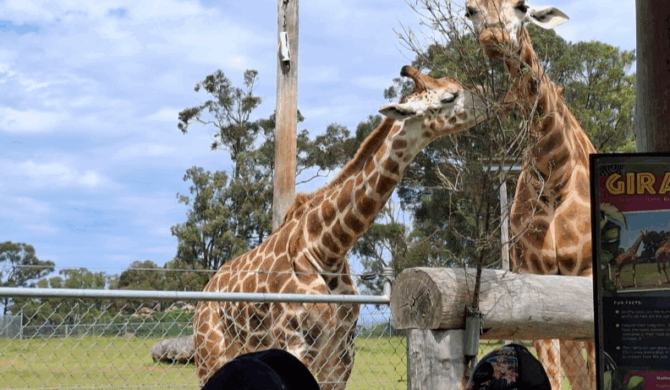Through the World Environment Day initiative, communities come together to bring awareness to conservation, restoration and reforestation efforts across the globe to unite communities in becoming more sustainable and eco-conscious in their daily endeavours.
From simple, household activities to commercially viable solutions, World Environment Day is an annual reminder of the importance of looking after the environments around us to ensure longevity for generations to come.
Here are some impressive facts we’ve come across about our planet’s environments:
- Earth is, in fact, not round: due to the Earth’s rotation, the planet has bulged around the equator and flattened at the poles.
- Coral reefs are Earth’s largest living structure: comprised of colonies of tiny coral polyps which overtime, form the structures we see, our reefs provide habitats and protection for many species whilst also creating a natural barrier that helps protect our coastlines from storms and erosion.
- Forests cover only 30% of the Earth’s land: playing a crucial role in absorbing carbon dioxide from the atmosphere and housing 80% of biodiversity on land, forests are essential to the wellbeing of all living species that call Earth home.
- 71% of the Earth is covered in water, hence the nickname ‘blue planet’: tropical rainforests only cover 3% of Earth however, they are home to more than half of our wildlife species.
- Medication can come from the natural environment: plants within rainforests are used in some of the world’s most important life-saving medicines, including health conditions and commercially supplied medications.
- Nature has a golden ration known as the Fibonacci sequence: this sequence is a series of numbers wherein each number is the sum of the two that precede it. This mathematical pattern is found across our ecosystems, forming the shapes you see in seashells and pinecones to the arrangement of leaves on a stem.
- Only 0.5% of the water on Earth is useable and available freshwater
- You can find a desert on every continent: collectively they make up one-fifth of the Earth’s total land area.
—
The information provided in this article has been compiled from the following resources:
- https://www.esa.int/Applications/Observing_the_Earth/10_remarkable_Earth_facts
- https://www.visitsealife.com/weymouth/information/news/seven-things-you-didnt-know-about-the-earth/
- https://www.rainforest-alliance.org/everyday-actions/9-rainforest-facts-everyone-should-know/
- https://www.mathsisfun.com/numbers/fibonacci-sequence.html
- https://myshadeofgreen.com/15-fun-facts-about-the-environment-that-may-surprise-you/
- https://www.worldenvironmentday.global/about/theme-host
- https://www.worldenvironmentday.global/did-you-know/fun-facts














